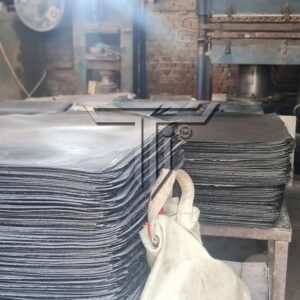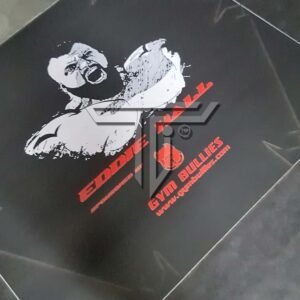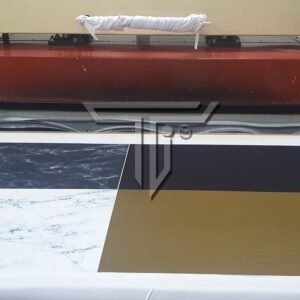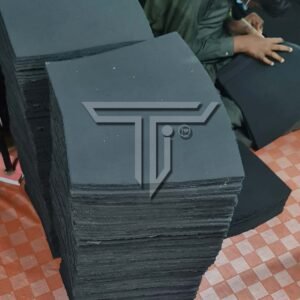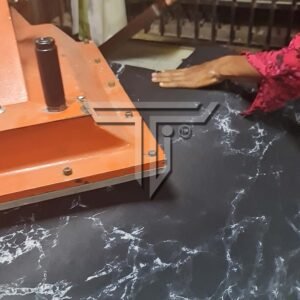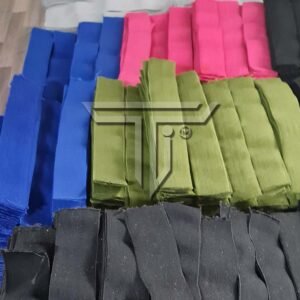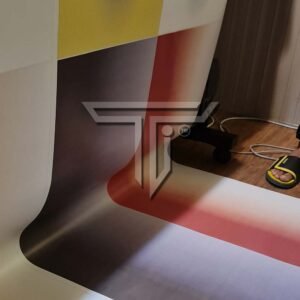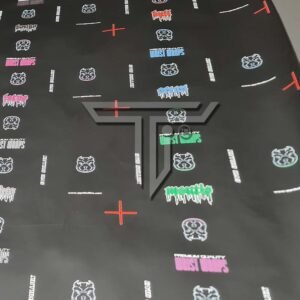Fabric Dyeing:
The fabric dyeing process begins by selecting high-quality fabrics that are pre-treated for optimal dye absorption. The fabrics are then immersed in dye baths or treated with specialized dyeing techniques, depending on the type of fabric and color requirements. Consistency in color is achieved through precise temperature control and dye concentration, ensuring vibrant and long-lasting hues. After dyeing, the fabric is rinsed and dried to fix the color, making it durable and resistant to fading.
Printing:
Printing involves adding designs, logos, or text directly onto fabric or material surfaces. Techniques like screen printing, direct-to-garment (DTG), and heat transfer are commonly used based on the fabric type and design complexity. High-quality printing ensures vibrant, clear images that withstand regular wear and washing. The choice of ink and technique is critical for maintaining color accuracy and durability, making the product visually appealing and aligned with the brand’s identity.
Sublimation:
Sublimation is a specialized printing process where dyes are transferred onto fabrics using heat and pressure. This method is ideal for high-quality, full-color prints, particularly on polyester or synthetic fabrics. The sublimation process embeds the dye directly into the fabric fibers, resulting in vibrant, long-lasting prints that won’t crack, peel, or fade over time. Sublimation is widely used for custom designs, sportswear, and promotional products, offering endless design possibilities with excellent durability.
Pattern & Cutting:
Once the fabric is dyed, it is laid out and inspected for any imperfections. Pattern cutting follows, where fabric pieces are cut according to specific designs and dimensions. Using advanced cutting machinery or manual techniques, each pattern is cut with precision to minimize fabric waste and ensure accurate sizing. The accuracy in this process ensures the perfect fit and shape of the final product.
Sewing:
The cut fabric pieces are then assembled through the sewing process. Skilled workers or automated machines stitch the fabric together, ensuring strong, durable seams. Special attention is given to details like stitching style, thread quality, and reinforcement in high-stress areas. This stage is crucial for ensuring the garment or accessory is sturdy and maintains its structure during use.
Labeling:
Once the sewing is complete, labeling is the final step before packaging. Labels, including brand logos, care instructions, and size tags, are attached to each product. Labeling not only ensures compliance with industry standards but also reinforces brand identity. Quality control checks are done at this stage to ensure the labels are correctly positioned and match the branding specifications.
